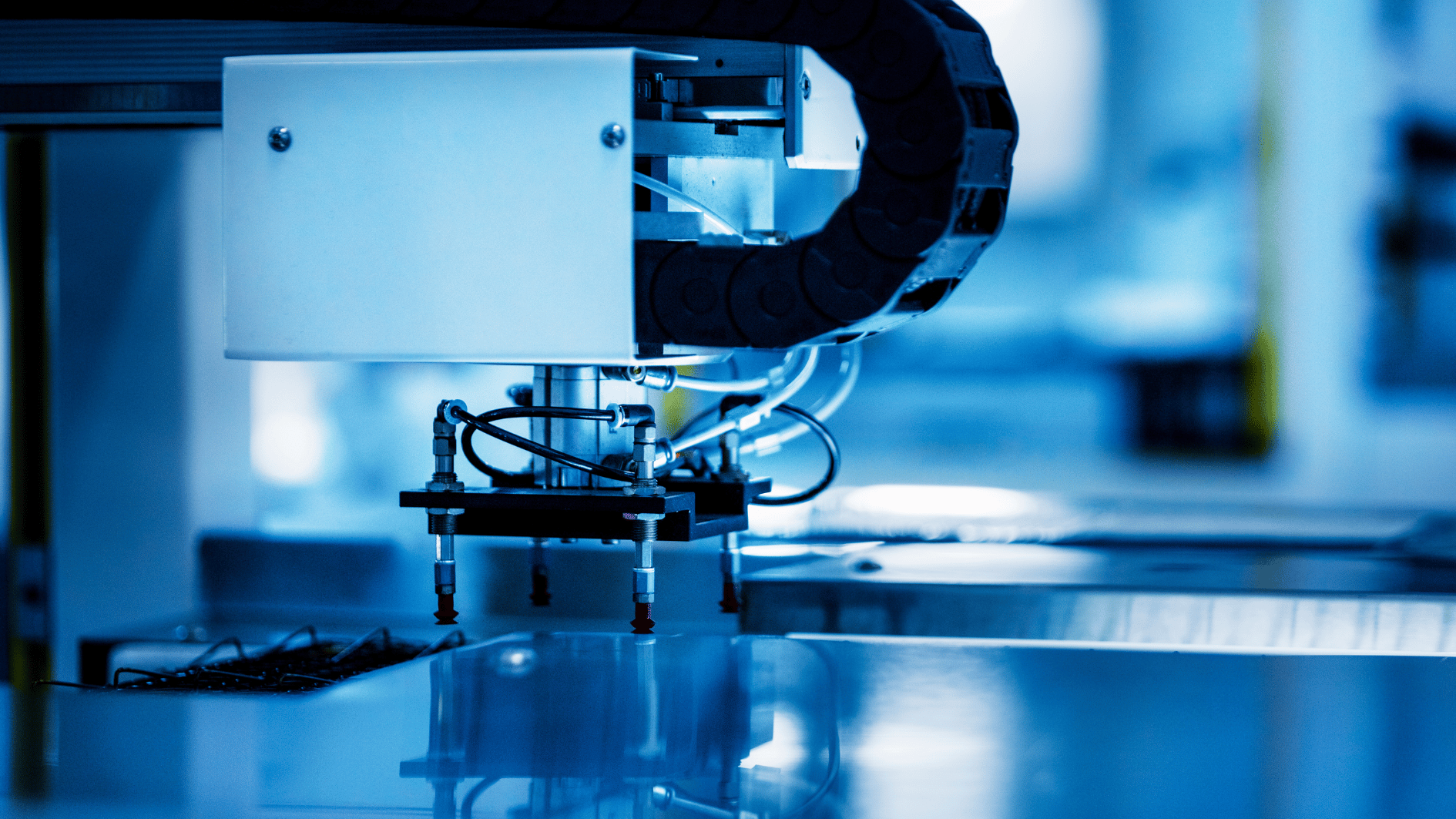Image source: Canva.com
Solar panels, also known as photovoltaic (PV) panels, are devices that convert sunlight into electricity. They are primarily made from semiconductor materials, most commonly silicon. Here’s an overview of the materials and the manufacturing process.
The Composition of Solar Panels
Silicon is a crucial material used in solar panels, forming the semiconductors that convert solar energy into electricity. However, the materials used to manufacture the cells are just one part of the solar panel. The manufacturing process combines six components to create a functioning solar panel: silicon solar cells, a metal frame, a glass sheet, standard 12V wire, and bus wire. For those with a DIY mindset, understanding these components is like having a “recipe” to build your own solar panel. Here are the common parts of a solar panel explained.
Silicon Solar Cells
Silicon solar cells convert sunlight into electricity using the photovoltaic effect. Arranged in a matrix-like structure between glass panels, these silicon cells interact with a thin glass wafer sheet to generate an electric charge.
Metal Frame (Typically Aluminum)
The metal frame of a solar panel serves multiple purposes. It protects against harsh weather conditions and other hazards, and it helps mount the solar panel at the desired angle for optimal sun exposure.
Glass Sheet
The glass sheet, usually 6-7 millimeters thick, is thin but plays a critical role in protecting the silicon solar cells inside. It adds durability and shields the cells from environmental damage.
Insulation and Protective Back Sheet
In addition to the glass casing at the front, solar panels have insulation and a protective back sheet. These components limit heat dissipation and humidity inside the panel, which is essential because higher temperatures can decrease efficiency and reduce the panel’s output.
Standard 12V Wire
A 12V wire regulates the amount of energy being transferred into your inverter, enhancing the sustainability and efficiency of the solar module.
Bus Wire
Bus wires connect the silicon solar cells in parallel. They are covered in a thin layer for easy soldering and are thick enough to carry electrical currents effectively.
Manufacturing Process
Purification of Silicon
- Mining and Refining: Silicon is extracted from quartz sand and then refined to produce metallurgical-grade silicon.
- Purification: This silicon is further purified to achieve electronic-grade silicon (99.999% pure) through processes such as the Czochralski process or the Float Zone process.
Ingot Formation
- The purified silicon is melted and formed into cylindrical ingots.
- These ingots can be either monocrystalline (single crystal structure) or polycrystalline (multiple crystal structures).
Wafer Production
- The silicon ingots are sliced into thin wafers using wire saws. These wafers are typically around 200 micrometers thick.
- The wafers are then cleaned and polished to remove any saw marks or impurities.
Cell Fabrication
- Doping: To create the necessary electric field, wafers are doped with phosphorus (to create n-type silicon) on one side and boron (to create p-type silicon) on the other.
- Anti-Reflective Coating: A thin layer, usually of silicon nitride, is applied to reduce reflection and allow more sunlight to be absorbed.
- Electrical Contacts: Metal contacts are printed onto the front and back of the cells to allow the current to flow out of the cell.
Assembling the Solar Panel
- The cells are arranged into a grid and connected by thin metal wires.
- The encapsulant material is placed on both sides of the cell matrix.
- The cells are then laminated between a glass cover and a backsheet.
- This assembly is heated to cure the encapsulant and bond the layers together.
Framing and Junction Box
- The laminated solar cells are fitted into an aluminum frame to provide stability and ease of installation.
- A junction box is attached to the back of the panel, housing the electrical connections and bypass diodes.
Testing and Quality Control
- The completed solar panels undergo rigorous testing to ensure they meet performance and durability standards.
- Tests include checking the electrical output, structural integrity, and resistance to environmental factors like moisture and temperature changes.
This process results in the creation of durable and efficient solar panels capable of converting sunlight into electricity for various applications.
How Solar Panels Work
Solar photovoltaics consist of several components, with silicon cells being the most crucial. Silicon, identified as atomic number 14 on the periodic table, is a nonmetal with conductive properties that enable it to convert sunlight into electricity. When light interacts with a silicon cell, it sets electrons in motion, initiating an electric current. This phenomenon is known as the “photovoltaic effect.”
However, silicon cells alone cannot power a home. They are combined with a metal casing and wiring system that allows the electrons generated by the solar cell to flow out and provide usable electricity. Silicon cells come in several structures: single-cell (monocrystalline), polycrystalline, or amorphous forms, with thin-film solar panels typically associated with amorphous silicon.
Types of Solar Panels
Solar panels come in three main types, each manufactured differently to suit various needs and budgets.
Monocrystalline Solar Panels
Monocrystalline solar panels are crafted from a single large silicon block, which is sliced into individual silicon wafers. These wafers are then used to create the solar cells for the panel. Monocrystalline silicon cells are known for their high efficiency compared to polycrystalline or amorphous solar cells. However, their production process is labor-intensive, making them more expensive to manufacture. Monocrystalline cells typically have a sleek black appearance and are often associated with premium panel brands like SunPower.
Polycrystalline Solar Panels
Polycrystalline solar cells are also made from silicon, but instead of using a single large block, multiple silicon crystals are melted together and formed into the panel. This manufacturing method is less costly than monocrystalline production but results in slightly lower efficiency. Polycrystalline panels often have a blueish hue and are commonly found in brands like SolarWorld.
Amorphous Solar Panels
Amorphous silicon cells are used in flexible solar panel materials, commonly known as thin-film solar panels. Unlike crystalline silicon cells, amorphous silicon cells are non-crystalline and are deposited on a substrate such as glass, plastic, or metal. This allows thin-film panels to be lightweight and flexible, making them suitable for various applications. However, they are less efficient than mono or polycrystalline cells. First Solar is a notable manufacturer of thin-film panels in the United States.
After the solar cells are manufactured, solar panel manufacturers complete the assembly process by integrating electrical systems, applying anti-reflective coatings to the cells, and enclosing the entire system in a durable metal and glass casing.
For homeowners looking to adopt clean energy and reduce reliance on fossil fuels, installing a home solar photovoltaic system is an excellent choice. Explore solar panel options and find reputable manufacturers and installers on SolarWiki. Sign up to receive free solar quotes from qualified professionals near you, allowing you to compare offers based on energy production capabilities and cost efficiency.





